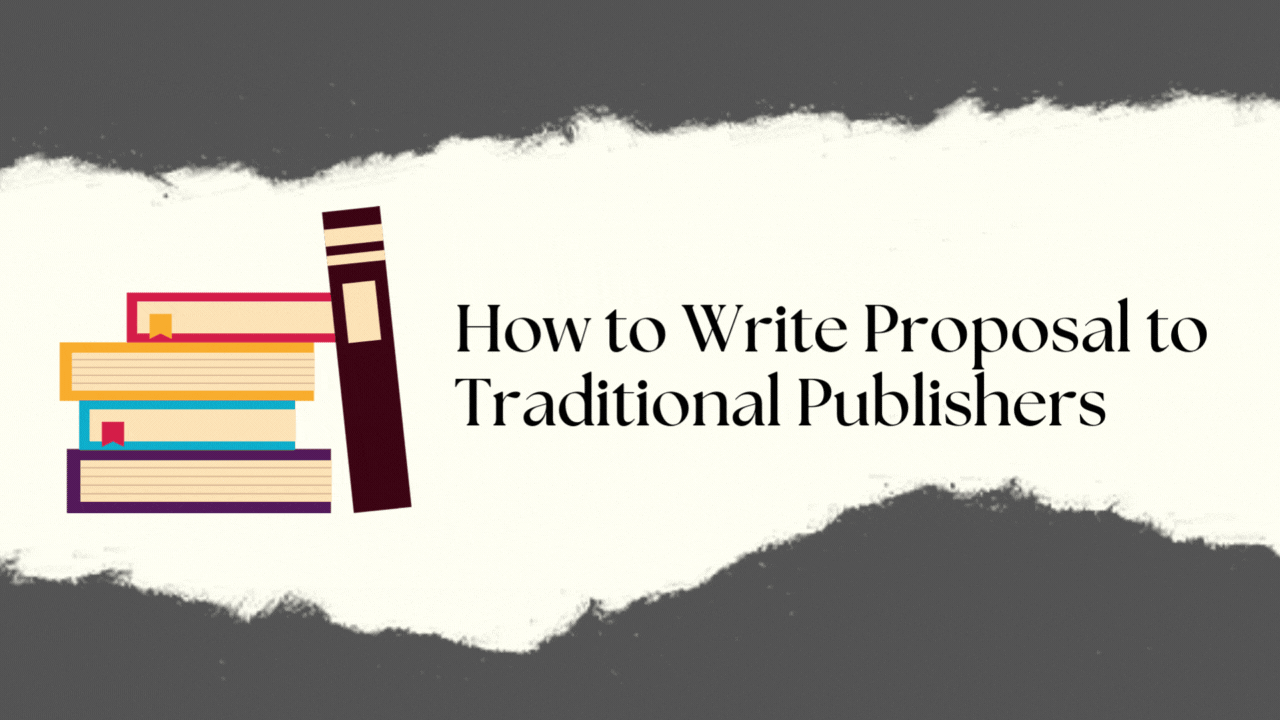Introduction: How To Approach Traditional Publishers in India
Lately, I have observed that many of my Author friends, especially the ones who had published their work previously are looking to get their manuscript published through the Traditional Publishers now for a change and for a whole lot of other reasons too! In addition, almost every day many ‘Budding Authors’ approaches me to understand the methods of approaching the Top Traditional Publishing Houses in India. So, here in this article, I will make sure to give the complete A to Z Formula of How To Approach Traditional Publishers in India by sending them a perfect Proposal Letter!
Ways to Approach Traditional Publishers
Undoubtedly, the first and the most vital aspect to get your manuscript examined by the Traditional Publishers is to send them a sound and professional Proposal/Query Letter so that, at least the Editor of the Traditional House will read your manuscript and if it’s powerful then you may get a call by them.
Now, let us try to understand the major steps involved in creating a Sound and Professional Proposal/Query Letter for the Traditional Publishing Houses. Well, the modern day Proposal Letter creation involves Five Major Steps. More importantly, most of the Reputed Traditional Publishers (whom the Authors aim for their Publishing Endeavour) looks for these five vital aspects in the Proposal Letters, which they receive from the Authors.
Steps of Sending Proposal to Traditional Publishers
- Step 1) Synopsis of the Book
- Step 2) 3 Sample Chapters
- Step 3) Author’s Biodata
- Step 4) Concept Note
- Step 5) Cover Email
Now, coming to each of these ‘Five Major Steps’ one by one along with the GUIDELINES of creating them in a Professional Manner!
Step 1) Synopsis of the Book
When we say synopsis of a book, it refers to a short summary of your story. Basically, the publishers read through your story from this synopsis. Therefore, it has to be a short document, which covers everything about your story.
While you write the synopsis, take care of a few things:
A) Write a synopsis between 1,000 to 1,500 words. It is mostly recommended to keep it around 1,200 words.
B) Divide the word limit between the introduction, the conflict and the ending. Ensure you talk about all the parts equally.
C) Describe the plot first, and then go on to the characters and then the conclusion.
D) Start the first paragraph with a description of the introduction of your story. Mention the What, Who, Where and When in short.
E) Use the second paragraph to mention the details and the last one to close the synopsis.
F) Ensure that your synopsis has a power to generate curiosity.
G) Get the synopsis reviewed by a few experienced writers or authors.
Step 2) 3 Sample Chapters
There are different publishers who have different rules for sample chapters. While some of them are okay with you sending any of the three chapters, other want the first three only. Therefore, for this job, the first step is to check the publisher’s website and prepare the sample chapters accordingly.
Once checked, if you can send any three chapters, pick those that are the most engaging. Then review and edit them, and thereafter, send them across to the publisher.
Step 3) Author’s Biodata
Author’s biodata is a small introduction about you as a person and you as a writer. It can be a small document of about 200 words, where you should mention the following things:
A) Your Name
B) Your Age
C) Your City
D) Your Occupation
E) Your Writing Journey
F) Your Unique Attribute (Like Characterization)
Keep the biodata simple but ensure that each word speaks about you.
Step 4) Concept Note
Coming to one of the most important parts of the proposal – a concept note. The 300 to 500 words document that tells the publisher, how you are planning to market the book. Here are few notes, which you should consider before writing the concept note:
A) The budget you have for marketing,
B) The ways you can explore for marketing,
C) The ways you know to utilize social media to their maximum potential.
Step 5) Cover Email
The last one is the email with which you will attach all the mentioned documents. There are some very important DO’s and DON’Ts, which you should consider before drafting such an email, such as:
A) Install any edit tool for your internet browser platform and edit the email before sending. A bad email means rejection even before your story is read.
B) Keep it very formal and crisp.
C) You may have a brilliant story to say about yourself, but do not write it in the email.
D) Highlight your strengths in one line.
E) Never use hearts/ emojis/ abbreviations, etc. in a cover email. (No one will take you seriously if you write things like, “Hey bro, what’s up?” or use emojis.)
F) Remember to add your phone number after your signature, at the end of the email, for the publishers to contact you.
G) Always use your active Email ID only.
So this is all you have to do it. If you are finding it difficult getting a reply back from traditional publishers, you can simply approach top self publishing in India to publish your book. With self publishing, you can publish your book with a few weeks. Best Wishes!




